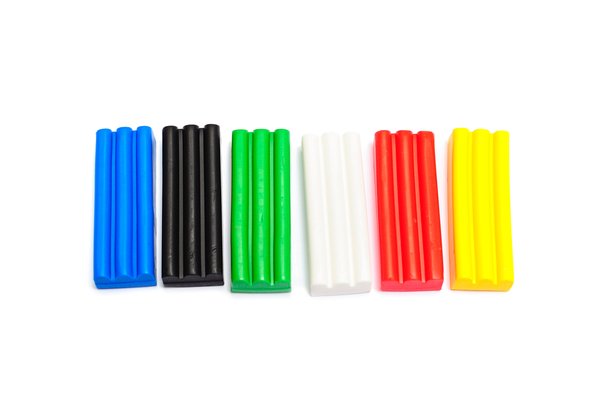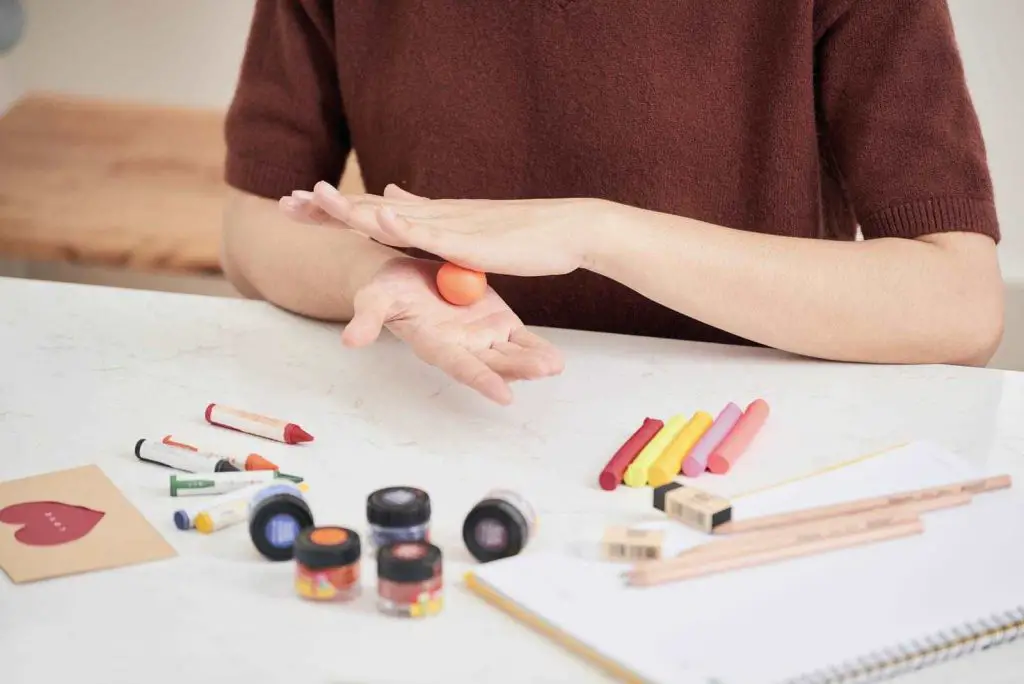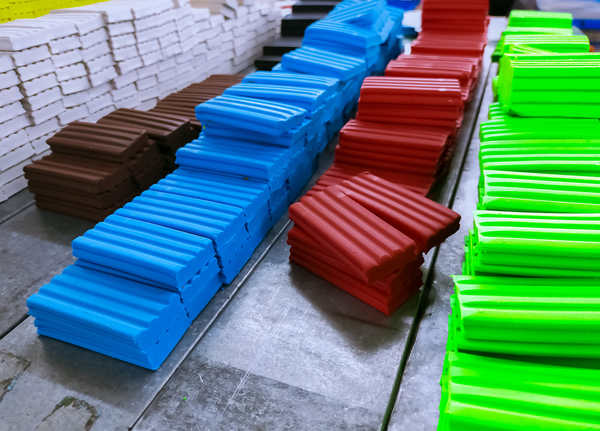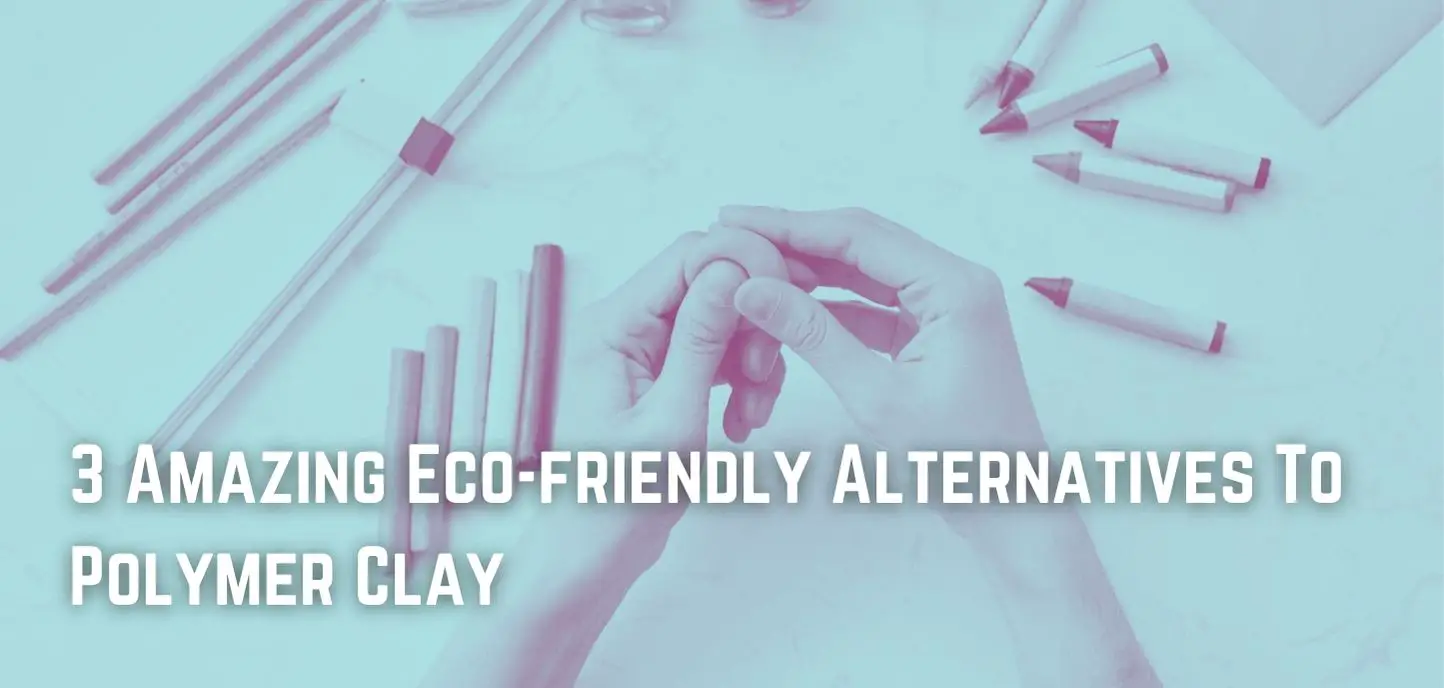PVC resin alongside a liquid plasticizer makes up polymer clay, a modeling substance.
This substance contains a polymer component, as its name suggests. Even though its name implies that it contains clay, it does not. So let’s check out some Eco-friendly alternatives to polymer clay.
Cold Porcelain Clay
What is Cold Porcelain Clay?
Cornstarch and white glue make cold porcelain clay, which is a modeling medium. Unlike its name, this substance does not include any porcelain. It does, however, include tiny quantities of oils and glycerin, which can give the substance a smooth, porcelain-like feel. Furthermore, utilizing cornstarch, we can simply create this substance at home.
The majority of the ingredients in this product are biodegradable. As a result, we can use lemon juice or sodium benzoate to stop bacteria and fungus from growing. This substance is non-toxic, yet it is inedible. Furthermore, it is low-cost and simple to use.
We’ll need cornstarch and PVA or white glue in a 1:1 ratio to manufacture this at home. We’ll also need to add a little glycerin, baby oil, or cooking oil to smooth out the mixture and prevent cracking as it dries. The ingredients must then be heated in a microwave or stove until they become clay.
The mixture may then be collected into a clay ball and allowed to cool. We may then knead and stretch it into a smooth elastic paste. It should not, however, be kept in the refrigerator. If we cover the material properly, it will keep at least a week without stabilizers at room temperature.
What’s the Difference Between Polymer Clay and Cold Porcelain?
Modeling clays include cold porcelain clay and polymer clay. The main distinction between cold porcelain and polymer clay is that the former comprises cornstarch and white glue as significant ingredients.

At the same time, the latter incorporates PVC resin and a liquid plasticizer. There are also a few other components. Glycerin, baby oil, or cooking oil must be added to cool porcelain clay. Mineral oil, lecithin, zinc oxide, and other ingredients are required for polymer clay.
Another significant distinction between cold porcelain clay and polymer clay is that the former is non-toxic and can be manufactured at home, while the latter is hazardous and cannot be made at home.
Paper Clay
What is paper clay?
Paper clay is quite versatile, and you may buy ready-mixed paper clay or manufacture it yourself.
Paper clay is a durable and lightweight material made from shredded paper and clay. It enables you to produce larger things that you wouldn’t be able to do with heavy clay.
Hand-building with paper clay is quite popular. While paper clay may be thrown, it does not have the same flexibility as conventional clay. You may alter this by adding leftover clay fragments.

The paper fibers in the paper pulp used to manufacture paper clay give it an extremely robust structure, which aids in the uniform distribution of moisture.
Paper clay may be manufactured from several clays such as porcelain, earthenware, terracotta, and stoneware. Paper clay is most usually manufactured with paper pulp. However, other cellulose fibers can be used to get the same clay result.
When you make your paper clay, you have complete control over the amount of fiber you use, allowing you to get the ideal strength. You may play about with this to get the right level of strength for you.
If you’re building a massive structure or something more delicate, paper clay is the way to go. Because of the extra internal strength provided by the paper fibers, the item may stand on its own.
Air dry clay
What is Air dry clay?
Using air-dry clay eliminates the need for a kiln or the time it takes to fire your creation.
It’s ideal for individuals who don’t have access to a studio or the proper tools, as well as those who want to attempt something new and different. Hand-building techniques, including slab structures, coiling, and sculpting, work well with air-dry clay.
You may utilize a variety of armatures with air-dry clay as well because the clay will not be fired. Therefore, there will be no risk of the armature melting or burning. Air-dry clay, on the other hand, maybe delicate to work with, and minor additions like legs and fingers can easily break off.

What’s the Difference Between Air-Dry Clay and Paper Clay?
While both paper clay and air-dry clay are clays, they are highly distinct and have various purposes and features, which should help you decide which one to use for your project.
If you need a solid framework and want to construct a larger foundation without it becoming too heavy, paper clay is the way to go. You will, however, need to heat the paper clay in a kiln, so plan accordingly. It’s simple to manufacture your paper clay, or you may buy it already produced.





